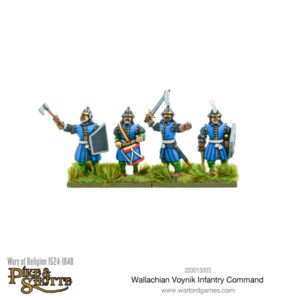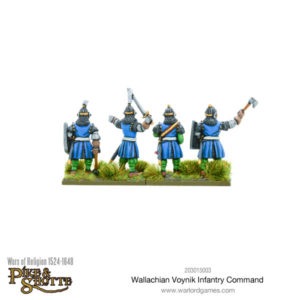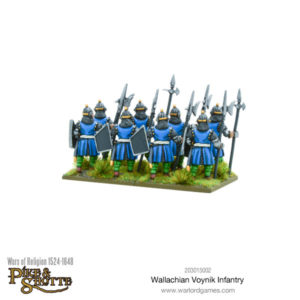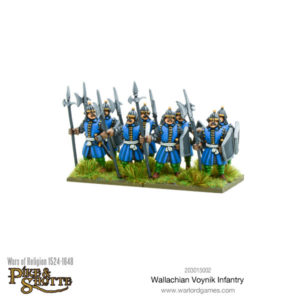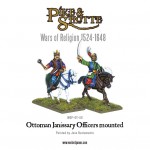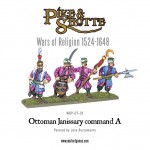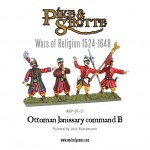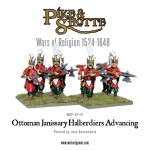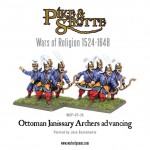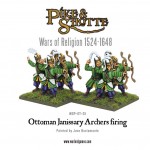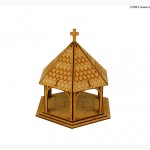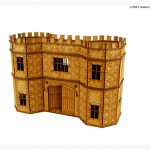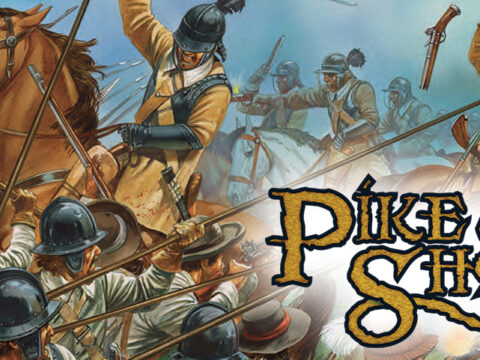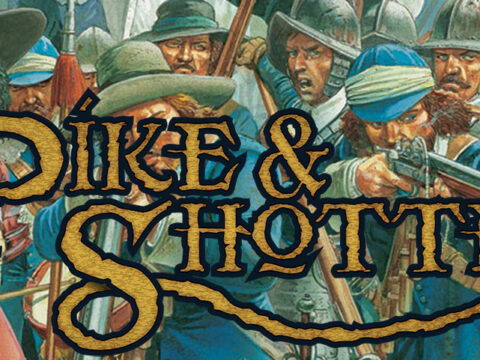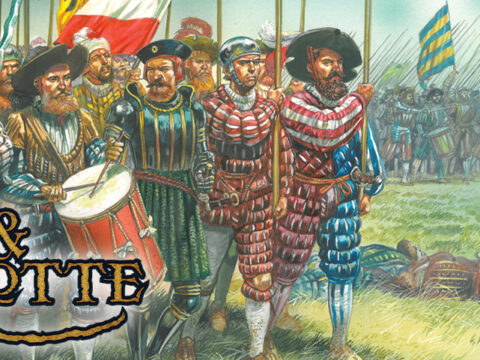Pike & Shotte armies rejoice as the might of the Ottoman Empire grows once more!
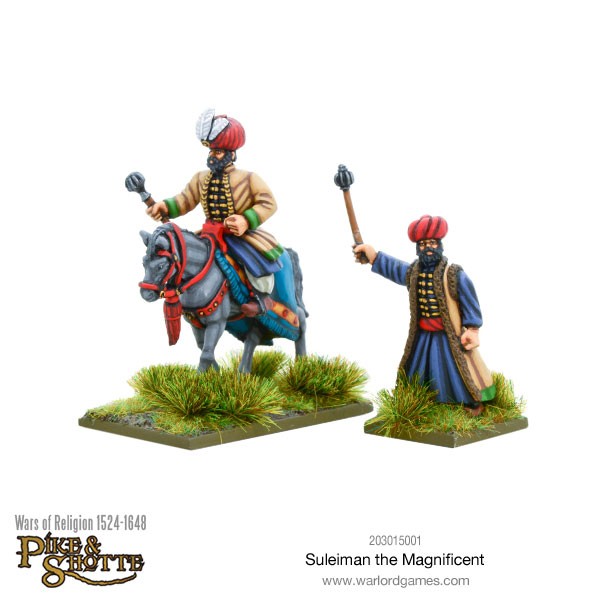
Suleiman I (6 November 1494 – 7 September 1566), “Kanuni” (the Lawgiver) or more commonly known as Suleiman the Magnificent in the West, was the tenth and longest-reigning sultan of the Ottoman Empire (1520 to 1566).
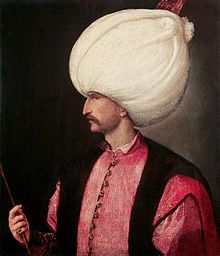
Suleiman, influenced by his passion for Alexander the Great, personally led Ottoman armies in conquering the Christian strongholds of Belgrade and Rhodes as well as most of Hungary before his conquests were checked at the Siege of Vienna in 1529. He annexed much of the Middle East in his conflict with the Safavids (Persia) and large areas of North Africa as far west as Algeria. Under his rule, the Ottoman fleet dominated the seas from the Mediterranean to the Red Sea and through the Persian Gulf.
The fall of Christendom’s major strongholds spread fear across Europe. It is said that the capture of Belgrade was the catalyst for the dramatic events which engulfed Hungary. It led to the death of King Louis, the capture of Buda, the occupation of Transylvania, the ruin of a flourishing kingdom and the fear of neighbouring nations that they would suffer the same fate…
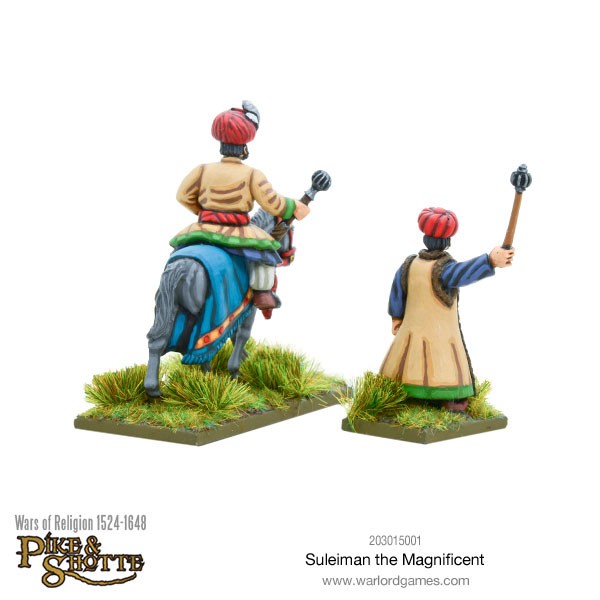
Key Battle:
Belgrades capture was vital in removing the Hungarians and Croats who, following the defeats of the Serbs, Bulgarians, Albanians and the Byzantines, remained the only formidable force who could block further Ottoman gains in Europe. Suleiman encircled Belgrade and began a series of heavy bombardments from an island in the Danube. Belgrade, with a garrison of only 700 men, and receiving no aid from Hungary, fell in August 1521.
Azap Infantry
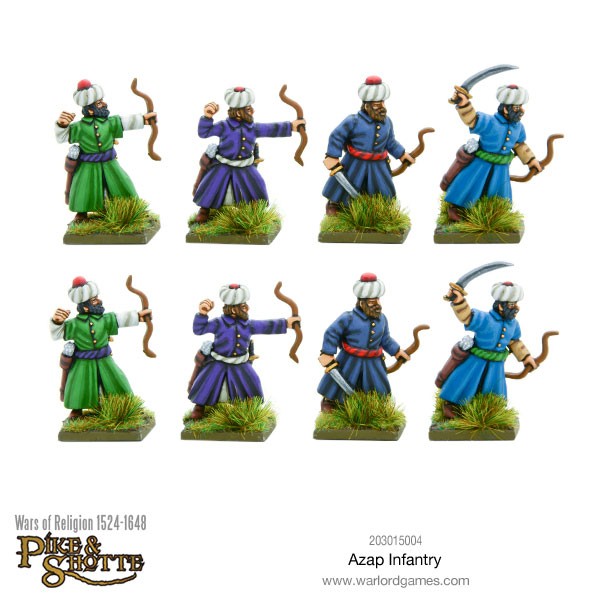
Also known as Asappi, were irregular light infantry of the Ottoman Army.
The Azaps were also known as “the bachelors”, volunteers who were paid only during campaigns and had the freedom to leave the army whenever they wanted.
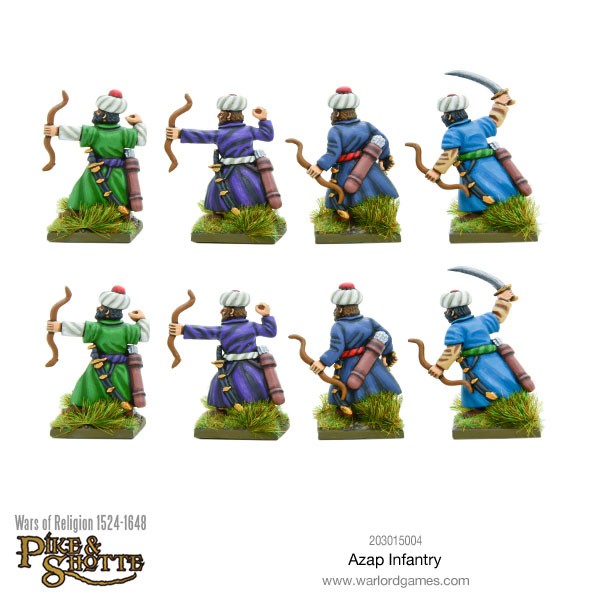
The main role of Azaps was fighting as infantry archers, but as volunteers they tended to have a wide range of weaponry such as pole arms (the tirpan and harba) as well as halberds (balta). In addition to pole arms they were armed with a variety of maces, bows, sabers and to a rarer extent crossbows. Later on guns were adopted instead.
Wallachian Voynik Infantry
From the turbulent years of Vlad III Dracul rule in the 1400s opposing the Ottoman empire, to becoming a tributary vassal state under Ottoman suzerainty, Wallachia would go on to be a principle source for the Ottoman military forces.
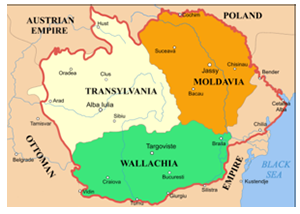
Wallachian Voynik Infantry Command
Wallachian Voynik Infantry
Expand your own Ottoman empire
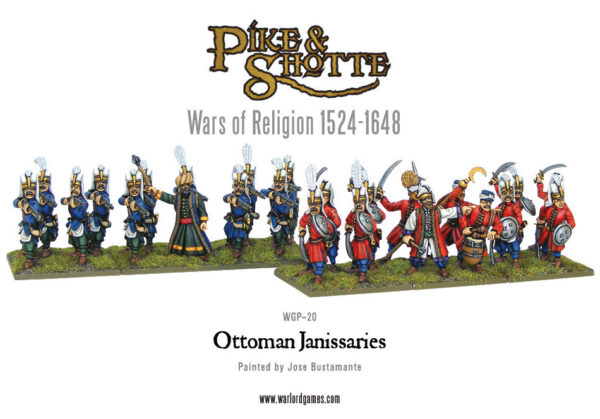
Follow Suleiman in 1529 as he marched through the valley of the Danube and regained control of Buda, fight with him as he lays siege to Vienna. Avenge the defeat suffered at Vienna and go on to re-fight the 1541 Habsburgs attempt to lay siege to Buda. Attempt to capture more Habsburg fortresses, as they were by the Ottomans in two consecutive campaigns in 1541 and 1544, leading Suleiman to identify as the true ‘Caesar’.
Other campaigns:
Ottoman–Safavid War (Persia)
Campaigns in the Indian Ocean
Mediterranean and North Africa
Don’t forget!
In collaboration with our good friends over at Sarissa Precision, all this month (up until 4th November) we’re offering a HUGE 15% off ALL Sarissa Precision single items (whilst stocks last).
Their English Timber Framed range provides an easy way to pack your Pike & Shotte Battlefields with an Olde English townscape – or perhaps just an individual piece to act as a key objective to battle over?
Sarissa provode everything from huge Manor Houses and a whole range of Town Houses, right down to accessories such as Carts, Wells, and of course a Buttercross! (no battlefield is truly complete without one!)
So head on over to the Warlord webstore today and take your pick – and don’t forget to enter the discount code ‘SARISSA15’ when prompted during checkout!

